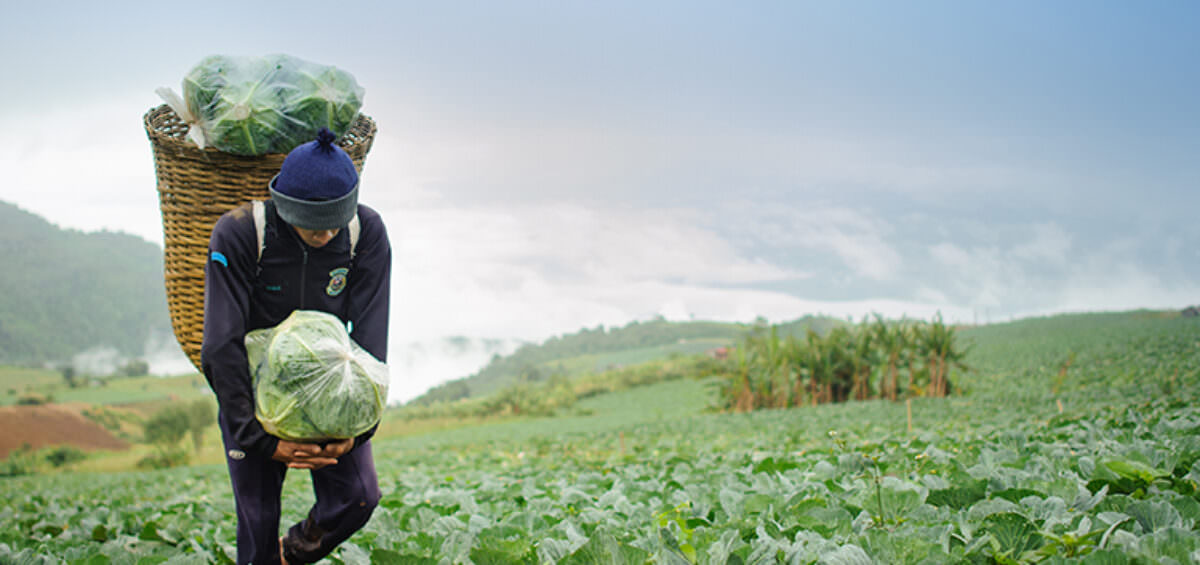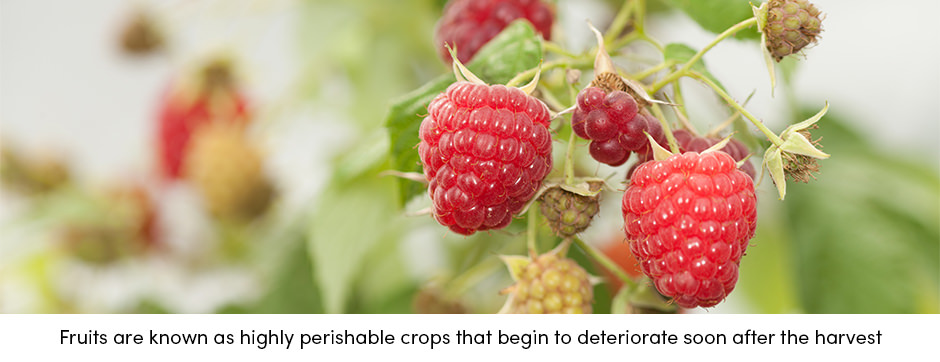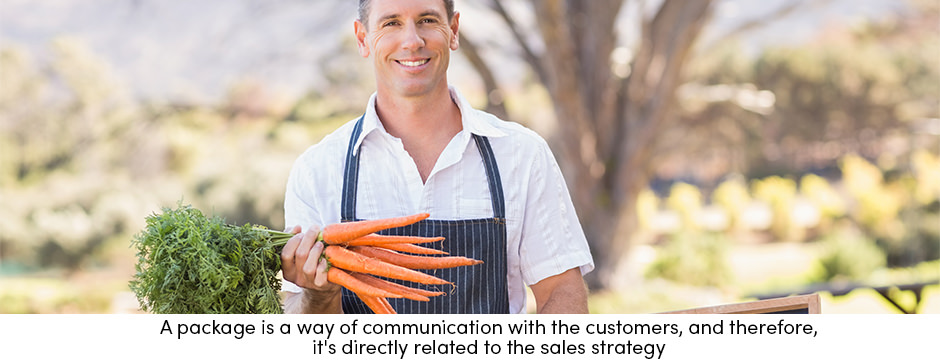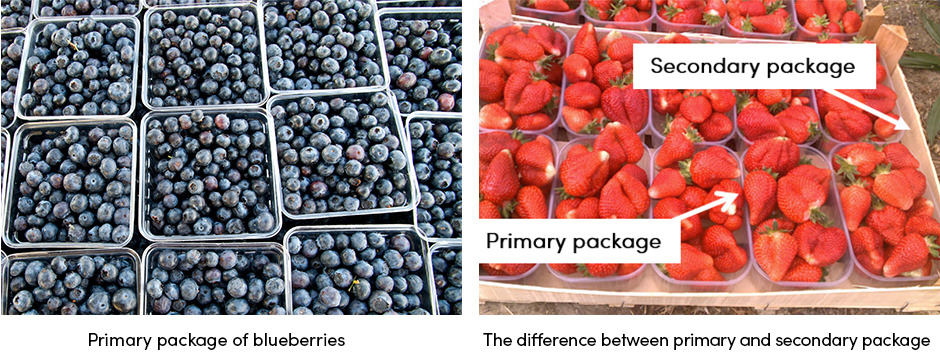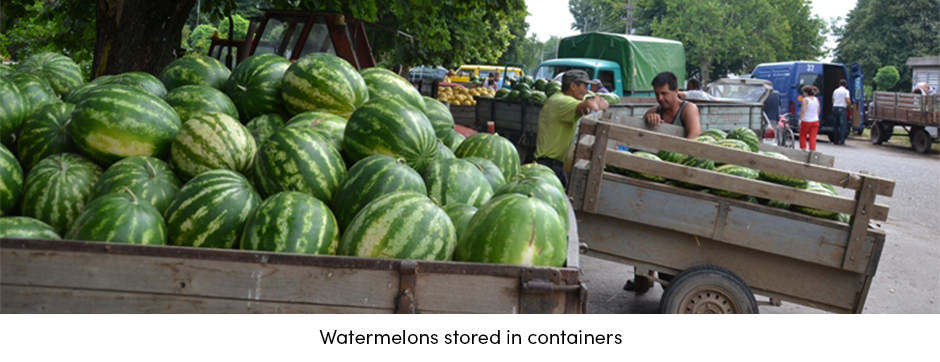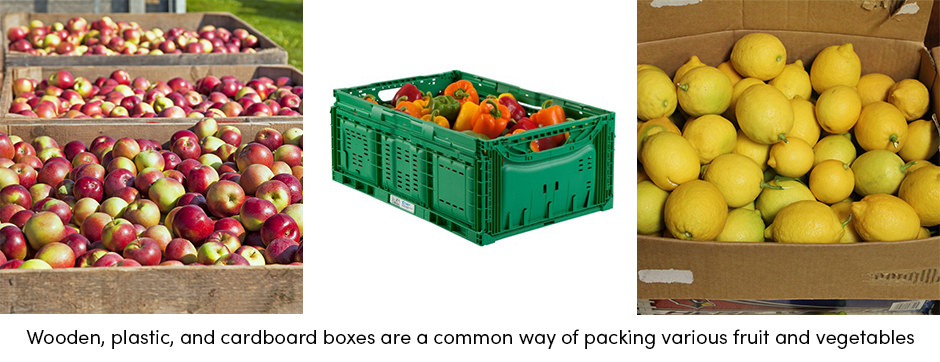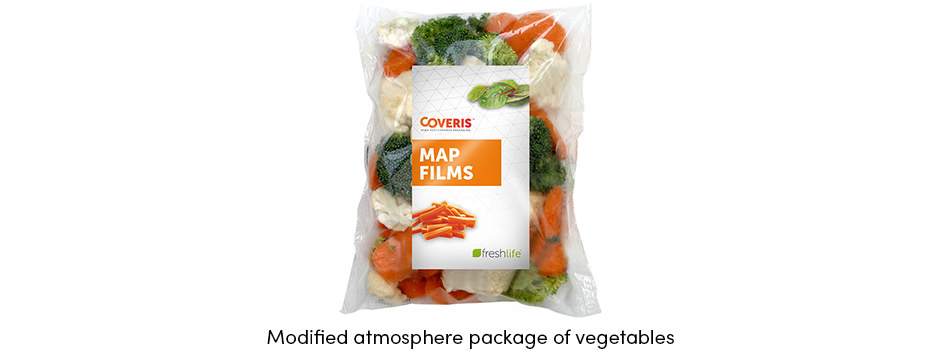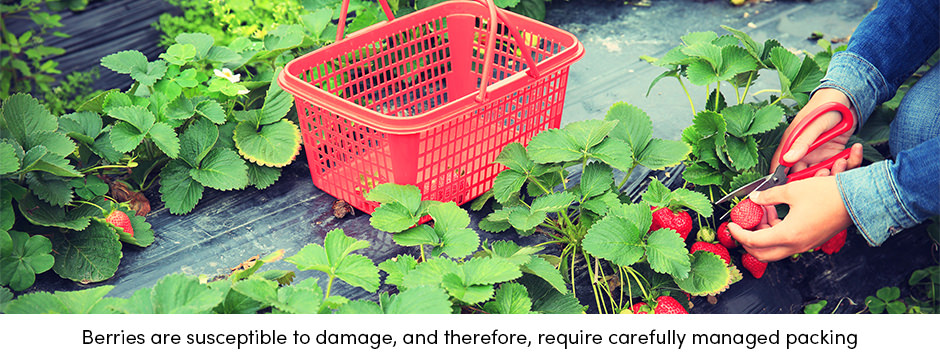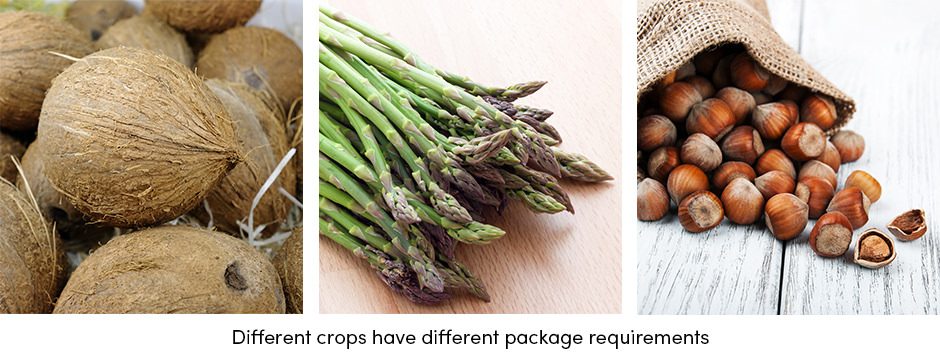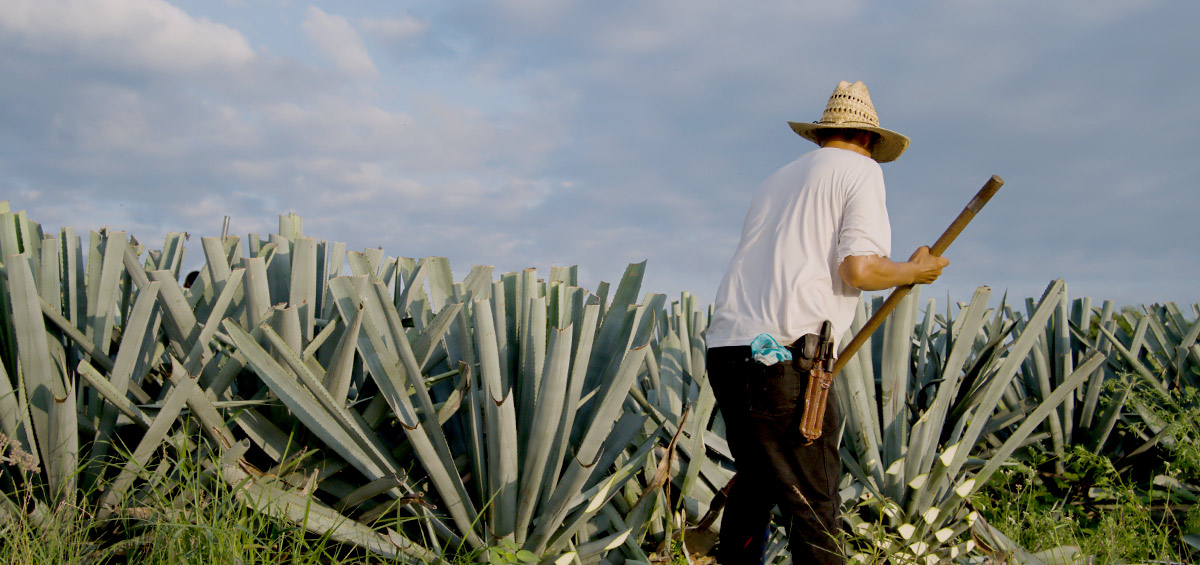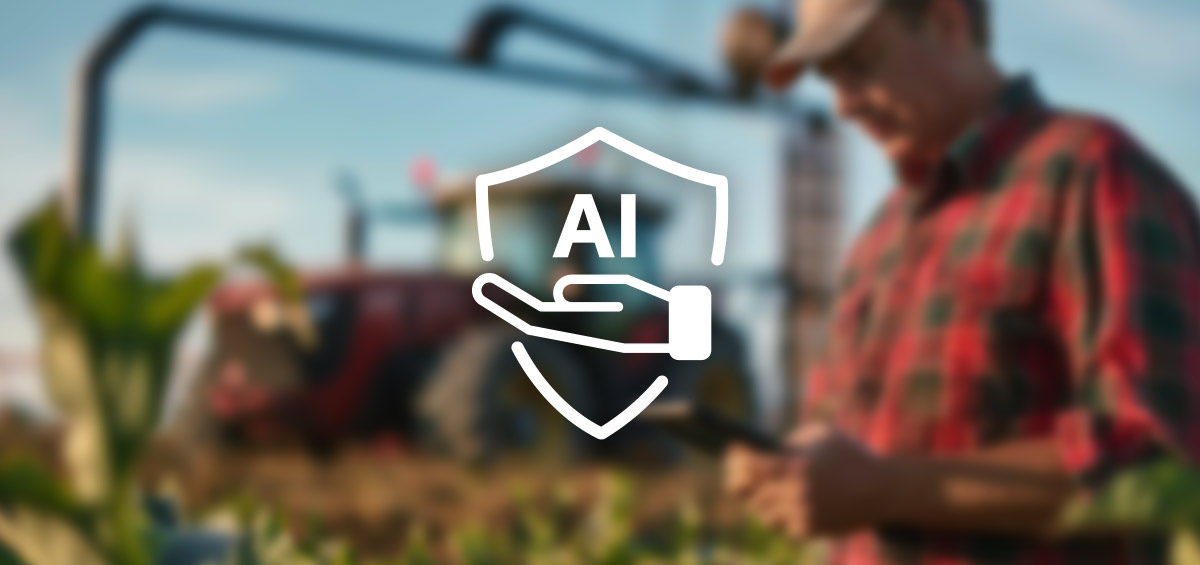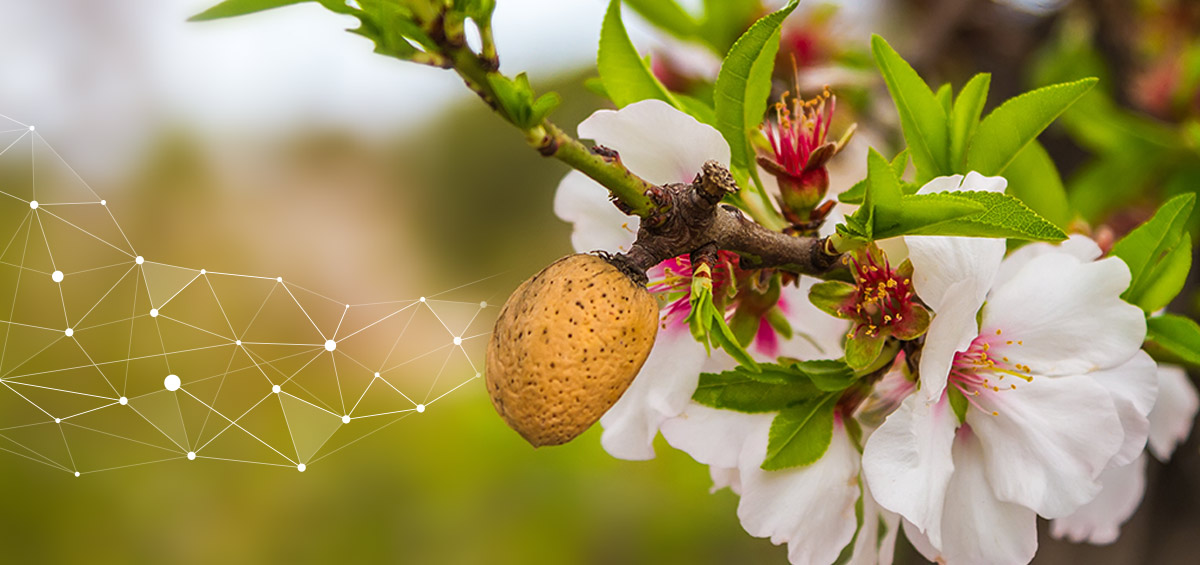Fruit and vegetable packing is a farm practice that includes getting fresh crops from the field to the customer. Given the fact that all fruits and vegetables are highly perishable crops, choosing the right fruit and vegetable package can be vital for farmer’s survival on the market.
The main function of a package is to maintain fruits and vegetables, in a way that will preserve their quality and extend storage life.
More importantly, fruit and vegetable packaging represents an integral component in marketing management. As a matter of fact, a package is a way of communication with the customers, and therefore, it’s directly related to the sales strategy.
Types of Fruit and Vegetable Packaging
Regarding its function, fruit and vegetable package can be observed in two ways:
- Primary package; the layer of the package which is in direct contact with the product; usually offered to the customer
- Secondary package; holds the primary package during transport and storage, and therefore facilitates its handling
Regardless of its function, there are various types of fruit and vegetable packages. These include:
- Containers; a cost-effective method for packing crops that are not so susceptible to physical damage, such as melons, pumpkins, yams, potatoes, and cassava. After the harvest, crops are stacked into a container which is fitted to a transport vehicle and delivered to the customers without using any other package.
- Cardboard, wooden, or plastic boxes or crates; a widely accepted way of packing various fruit and vegetables. The boxes come in various shapes and sizes and are adaptable to different products.
- Woven baskets; commonly used by small-holder farmers and made of locally available materials. These baskets provide very good ventilation for crops. However, their rough materials can damage the crops during the transport and handling.
- Bags; a relatively cheap packaging type, suitable for crops that are not so susceptible to physical damage, such as potatoes, onions, pumpkins or melons.
- Modified atmosphere package; special package created by removing the air from the package and replacing it with a single gas or a mixture of gases. The carefully managed gas mixture within the package maintains an optimal crop respiration rate and extends crop storage life and quality.
- Vacuum package; a type of package in which oxygen was removed completely and the product is sealed in air-tight conditions
A Few Lessons About Choosing the Right Package
Farming is a very special activity that is highly dependent upon natural processes. In regards to that, every farm management should be unique. Each farmer’s decision, as well as each farm practice, can result in unexpected results. The same is with crop packing management. In order to manage crop packing successfully, while deciding on the right crop package, farmers should keep in mind a few of the following tips:
1. Crop requirements; each crop has its own package requirements, for instance, berries are much more susceptible to damage than apples, and therefore, they require carefully managed packing.
2. Crop transport and storage management; there is a difference between packing the crops that will be directly delivered to the market, and crops that will be stored for a certain period.
3. The storage; crop package should be in accordance with the type of storage (CA storage, cooling storage, simple storage facilities, pre-cooling), as well as with the duration of the storage (short-term or long-term storage).
4. Message to customers; the package is a way of communicating with the customers. Therefore, before packing their fruits and vegetables, farmers should consider how they want to present their products to customers.
5. Value for money; when deciding on crop package, a farmer should be aware of his own financial possibilities. Besides that, for certain high-value crops (e.g. blueberries), farmers can afford higher costs of packaging. On the other hand, for crops such as potatoes, farmers prefer using more affordable packaging solutions.
Some farmers do not add importance to crop packaging. However, choosing the right package for crops can be a turning point for preserving the yield and maintaining crop quality. Above all, crop packaging will determine farmer’s success on the market.
Text sources: Fruit and Vegetables: Harvesting, Handling, and Storage; Keith Thompson
Image sources: Fragaria || FreshPlaza || Agroservis || Mom Endeavors || Coveris
